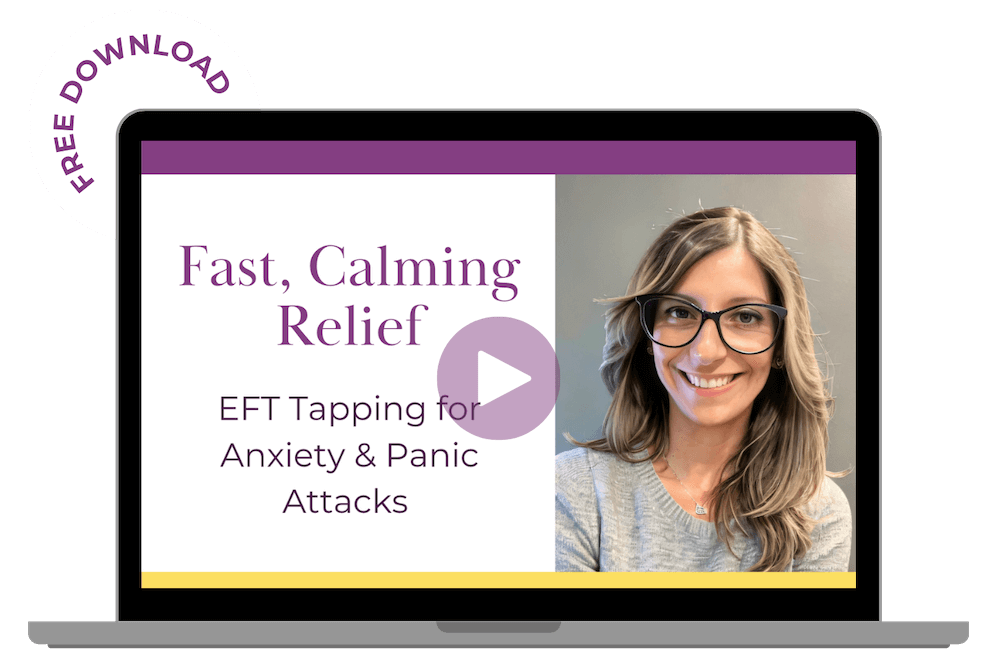Watching your child struggle with anxiety or panic attacks can be profoundly distressing. Unlike adults, children may not always have the words to describe what they’re feeling, making panic attacks especially challenging to recognize and understand. This blog post aims to shed light on the symptoms, backed by statistics and personal experiences, to help parents provide the nurturing support their children need.
Understanding Panic Attacks in Children
Panic attacks in children can manifest differently than in adults. Here’s what parents should look out for:
- Sudden Episodes of Fear or Discomfort: When a child experiences an intense peak of fear or discomfort, often without an obvious cause, it might be a panic attack.
- Physical Symptoms: These can include stomach aches, headaches, dizziness, or feeling like they can’t breathe properly.
- Behavioral Changes: Look for signs of avoidance. Children might try to avoid places or activities they associate with panic attacks.
Statistics & Facts
- Early Onset: According to the Anxiety and Depression Association of America, anxiety disorders can begin in childhood. Approximately 4.4% of children aged 3-17 experience anxiety.
- Impact: The National Institute of Mental Health states that untreated childhood anxiety can lead to missed school days, impaired social relationships, and a decline in academic performance.
Personal Experiences
Emma’s Journey: “Our daughter started experiencing panic attacks at 8 years old. At first, we mistook her complaints for excuses to avoid school. It wasn’t until we saw her in the midst of a panic attack, gasping for breath and genuinely terrified, that we realized the severity of her anxiety.”
Lucas’s Story: “Lucas, our 10-year-old, would suddenly freeze and seem to withdraw into himself. It took numerous doctor visits to understand these were not simply ‘tantrums’ but panic attacks.”
Supporting Your Child
- Open Communication: Encourage your child to express their feelings without fear of judgment. Creating a safe space for dialogue can help them articulate their experiences.
- Professional Help: Seek support from a pediatrician or a child psychologist who specializes in anxiety disorders.
- Routine and Predictability: Children thrive on routine. Keeping a consistent daily schedule can provide a sense of security and reduce anxiety.
- Modeling Coping Strategies: Teaching by example, such as demonstrating deep-breathing techniques, can offer practical tools for managing anxiety.
Nurturing Steps to Take
- Educate Yourself & Your Child: Understanding anxiety and its effects empowers both you and your child. Knowledge truly is power when combatting anxiety.
- Empathy Is Key: Recognize that anxiety isn’t a choice; it’s a challenge to be met with compassion and understanding.
- Seek Support: Consider joining parent support groups for families dealing with childhood anxiety. Sharing experiences can provide both comfort and practical advice.
Concluding with Hope
If your child is experiencing panic attacks, it’s important to remember that there is help and there is hope. With appropriate care, understanding, and support, children can learn to manage their anxiety and enjoy a fulfilling, happy childhood. Your role as a loving, supportive parent can make a tremendous difference in your child’s journey towards overcoming panic attacks. Remember, you are not alone and there is always hope for a brighter future. So, don’t hesitate to reach out for help and keep the lines of communication open with your child. Together, you can overcome this challenge and emerge stronger as a family.







